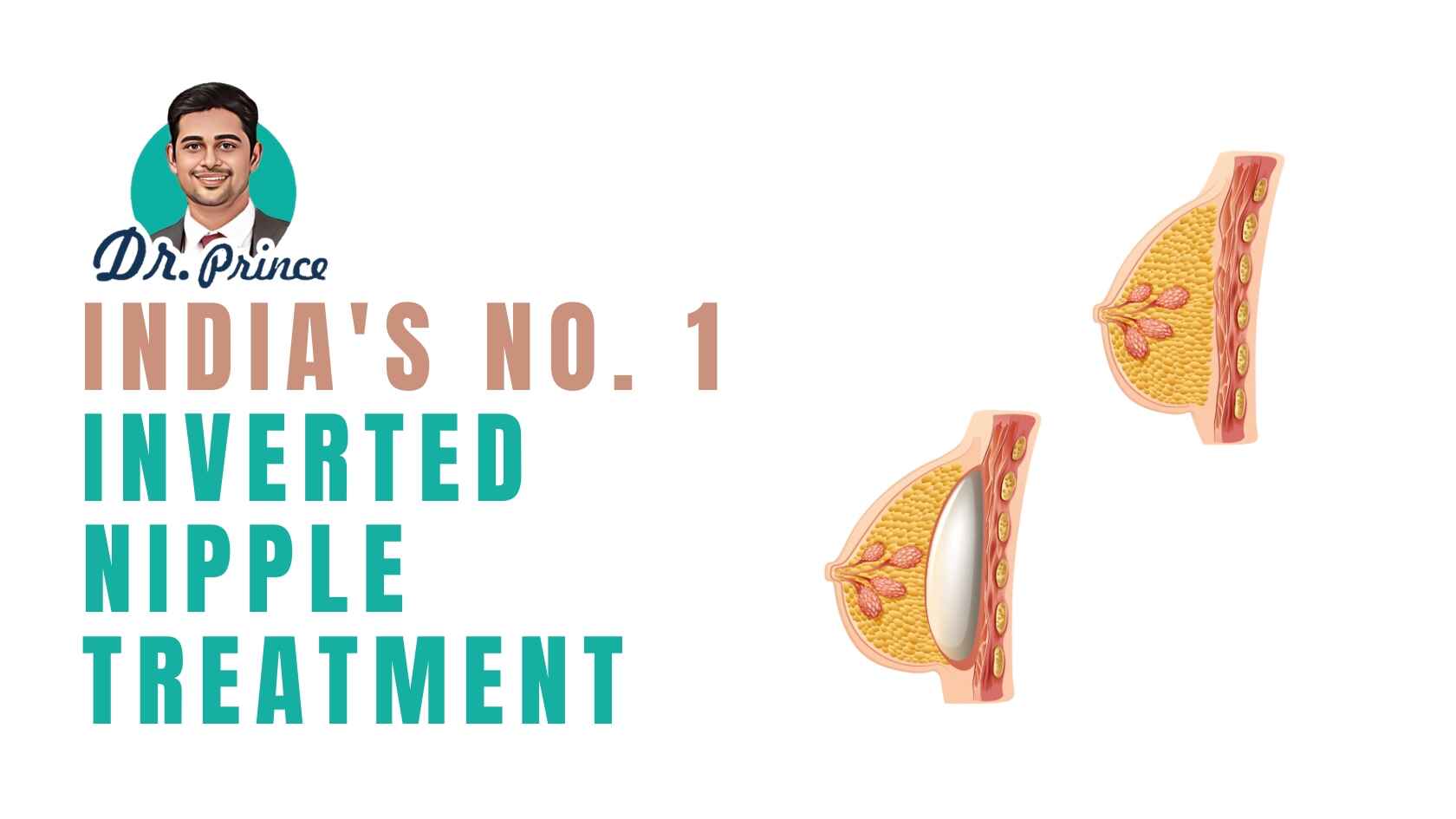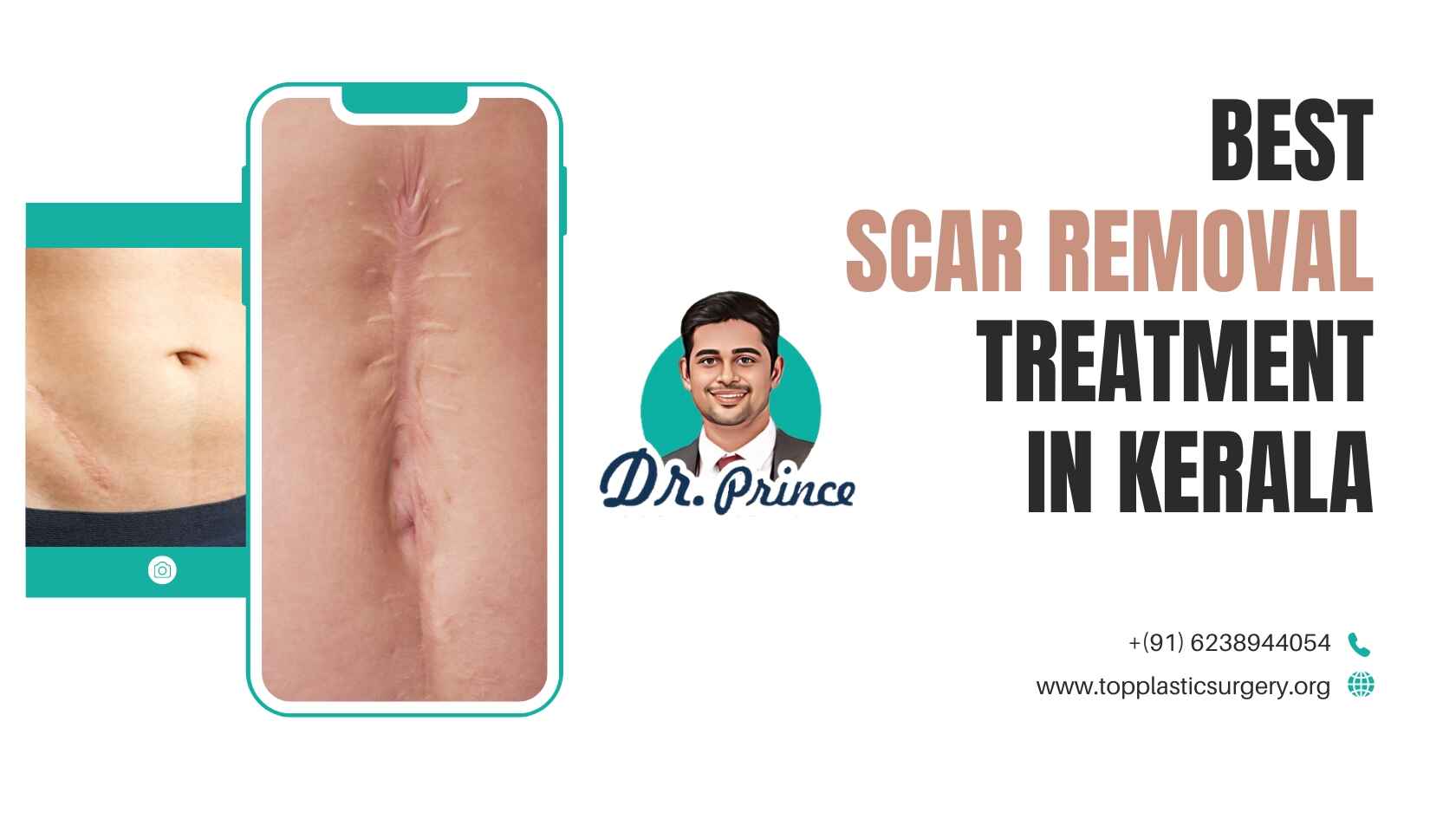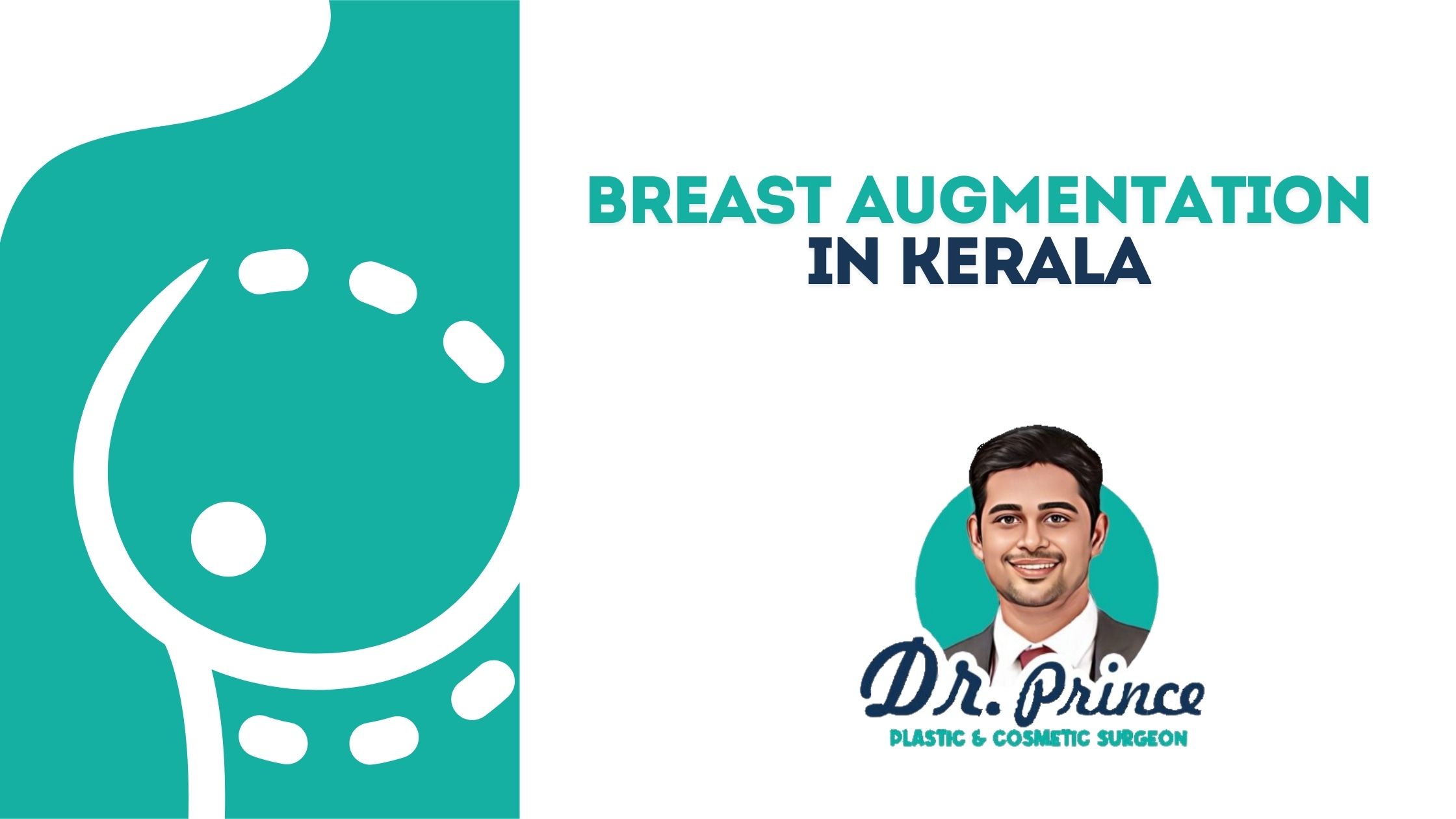LIPOMA REMOVAL SURGERY, KERALA
The condition of a person having multiple fatty lumps all over the body is referred to as Lipomatosis. It is more commonly referred to as multiple lipomas by patients. It is a disorder of fat deposition that results from a genetic abnormality, causing fat to be abnormally deposited as capsulated accumulations under the skin. It can be familial but it can skip generations. They are usually movable, soft to touch, and often painless. Though they can occur anywhere in the body, lipomas are found more commonly under the skin. The lipomas as such do not get infected or become cancerous as the patient grows older. Their size is not associated with the amount of fat the patient consumes.
The most common sites where they occur are on the shoulders, chest, back, and thighs. But other areas have a chance of developing lipomas as well.
The main problems which accompany the problem of multiple lipomas are cosmetic, pain, movement restriction, and ulcerations. Only in these conditions is a surgery warranted.
The classic surgery for multiple lipomas was Excision Biopsy which involves the use of an incision and removal of the Lipomas and their capsule. This often results in a linear scar that is as long as the Lipomas. When multiple lipomas are removed in such a surgery, they result in multiple long scars that are very ugly and might be as disfiguring as the lipomas themselves.
Dr Prince plastic/cosmetic surgeon uses his expertise in liposuction to minimize the scars. By their unique technique, which is a combination of liposuction and capsule excisions, the lipomas are removed by very minimal incisions. Most often, multiple nearby lipomas are removed through a single incision. The size and the number of incisions (scars) are hence greatly reduced.
The procedure is a daycare surgery done under general anesthesia. The downtime is reduced and one can go back to the daily routine in as less as 3 days depending on the area operated. Fewer lipomas (less than five) can be surgically removed under local anesthesia as an OPD procedure with even lesser downtime.








